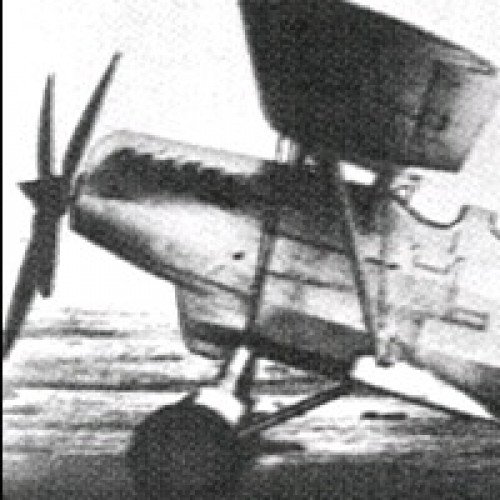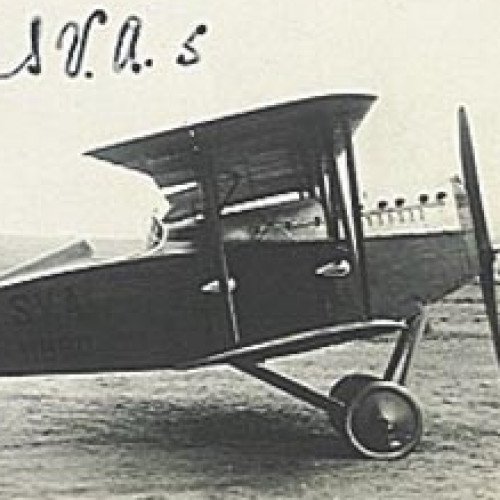Albatros L 84 vs Ansaldo SVA

Albatros L 84
The Albatros L 84 was a German tandem two-seat, single-bay fighter biplane first flown in 1931. Four of the five examples produced were built by Focke-Wulf Flugzeugbau, into which Albatros Flugzeugwerke was amalgamated in that year. Powered by a water-cooled 490 kW (660 hp) BMW VIu 7.3Z V12 engine, the L 84 had a fabric-covered fuselage constructed of welded steel tubes, and wooden wings skinned with plywood. Its armament comprised three 7.92 mm (.312 in) machine guns, two in fixed forward-firing positions and the third ring-mounted in the aft cockpit. Only the first prototype was completed before Albatros became part of Focke-Wulf, and this was destroyed during flight testing. A second example was flown in February 1933 by Focke-Wulf under the designation L 84C, using a modified cooling system. The Reichswehr initially ordered twelve L 84s but cancelled the order after only three had been completed. Of these, one was designated L 84E and was tested with the Rolls-Royce Kestrel IIIS engine; another, L 84F, was fitted with a fuel-injected version of the BMW VIu. At least one L 84 was delivered to China.
Statistics for this Xoptio

Ansaldo SVA
The Ansaldo SVA (named for Savoia-Verduzio-Ansaldo) was a family of Italian reconnaissance biplane aircraft of World War I and the decade after. Originally conceived as a fighter, the SVA was found inadequate for that role. Nevertheless, its impressive speed, range and operational ceiling, with its top speed making it one of the fastest of all Allied combat aircraft in World War I, gave it the right properties to be an excellent reconnaissance aircraft and even light bomber. Production of the aircraft continued well after the war, the final examples were delivered during 1918. The SVA was a conventionally laid-out unequal-span biplane - however, it was unusual in featuring Warren Truss-style struts joining its two wings, and therefore having no transverse (spanwise) bracing wires. The plywood-skinned fuselage had the typical Ansaldo triangular rear cross-section behind the cockpit, transitioning to a rectangular cross section going forwards through the rear cockpit area, with a full rectangular cross section forward of the cockpit. Two minor variants were produced, one with reconnaissance cameras, the other without cameras but extra fuel tanks. The Flight over Vienna propaganda flight, inspired by Italian nationalist and poet Gabriele d'Annunzio, consisting of an eleven plane flight of various models of Ansaldo SVA-series biplanes, was carried out on 9 August 1918 by the 87th Squadriglia La Serenissima from San Pelagio. At least two of the aircraft were twin-seater SVA.9 or SVA.10s to accommodate d'Annunzio himself for the flight he inspired, while the remainder were SVA.5 single-seaters.